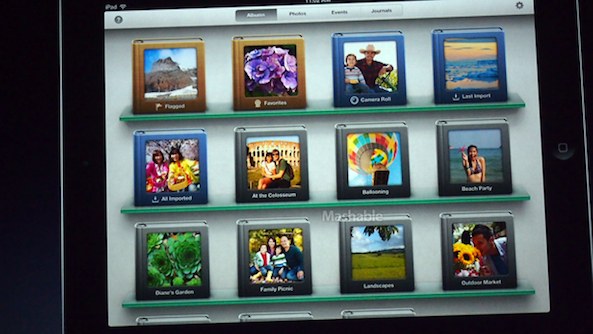network
In general, the term network can refer to any interconnected group or system. More specifically, a network is any method of sharing information between two systems (human, electrical or mechanical).
classification of network
1. According to the size of the Network:
LAN
MAN
WAN
PAN
CAN
2. According to type of connection used:
Wired Network
Wireless Network
lan(local area network)
Characteristics:
1) A Local Area Network is a group of computers and network
2) Communication devices within a limited geographic area, such as an office building. For example, a library will have a wired or wireless LAN for users to interconnect local devices(e.g., printers, and servers).
3) Local area networking uses switches, bridges and/or repeaters, and hubs to interconnect LANs and increase overall size. Routers are used to connect a LAN to a WAN or MAN.
4) LAN are characterized by the following:
5) High data transfer speeds.
6) Generally less expensive technologies
7) Limited geographic area
8) Security
9) Scalability
10) Reliability
man(metropolitan area network)
A Metropolitan Area Network is a network that connects two or more Local Area Networks or Campus Area Networks together but does not extend beyond the boundaries of the immediate town, city, or metropolitan area. A MAN can range anywhere from 5 to 50km in diameter.
wan(wide area network)
A WAN is a data communications network that covers a relatively broad geographic area (i.e. one country to another country) and that often uses transmission facilities provided by common carriers, such as telephone companies. They are generally connected with each other using routers.
WAN are characterized by the following:
1) Multiple interconnected LANs.
2) Generally more expensive technology.
3) More sophisticated to implement than LANs.
4) Exist in an unlimited geographic area.
pan(personal area network)
A personal area network (PAN) is a computer network used for Communication among computer devices close to one person.
Some examples of devices that may be used in a PAN are printers, fax machines, telephones, scanners. The reach of a PAN is typically within about 20-30 feet (approximately 6-9 Meters).
san(storage area network)
We have a lot of data in the form of audio and video. We need to store data for quick access and transfer on special storage devices.
SAN may be referred to as a sub network or special purpose network. Its special purpose is to allow users on a larger network to connect various data storage devices with clusters of data servers.
vpn(virtual private network)
VPN is a private network that lets you access public networks remotely.
VPN uses encryption and security protocols to retain privacy while it accesses outside resources by creating a virtual network.
according to the type of connection used
1) Wired Network: A network that connects devices using cables (wires) like Coaxial Cable, Twisted pair Cable, Optical Fiber Cable etc.
2) Wireless Network: A network that connects devices using wireless technologies like Bluetooth, infrared, radio frequency etc.
according to the type of functional group
peer to peer network(workgroup)
A workgroup is a collection of computers on a LAN that share common resources and responsibilities.
Workgroups provide easy sharing of files, printers and other network resources.
client-server network(domain)
1) A Domain is a "Network Architecture" in which each computer or process on the network is either a client or a server.
2) servers are powerful computers or processes dedicated to managing disk drives (file servers), printers (print servers) etc.
3) Clients are PCs or workstations on which users run applications.
4) Clients rely on servers for resources, such as files, devices, and even processing power.





























